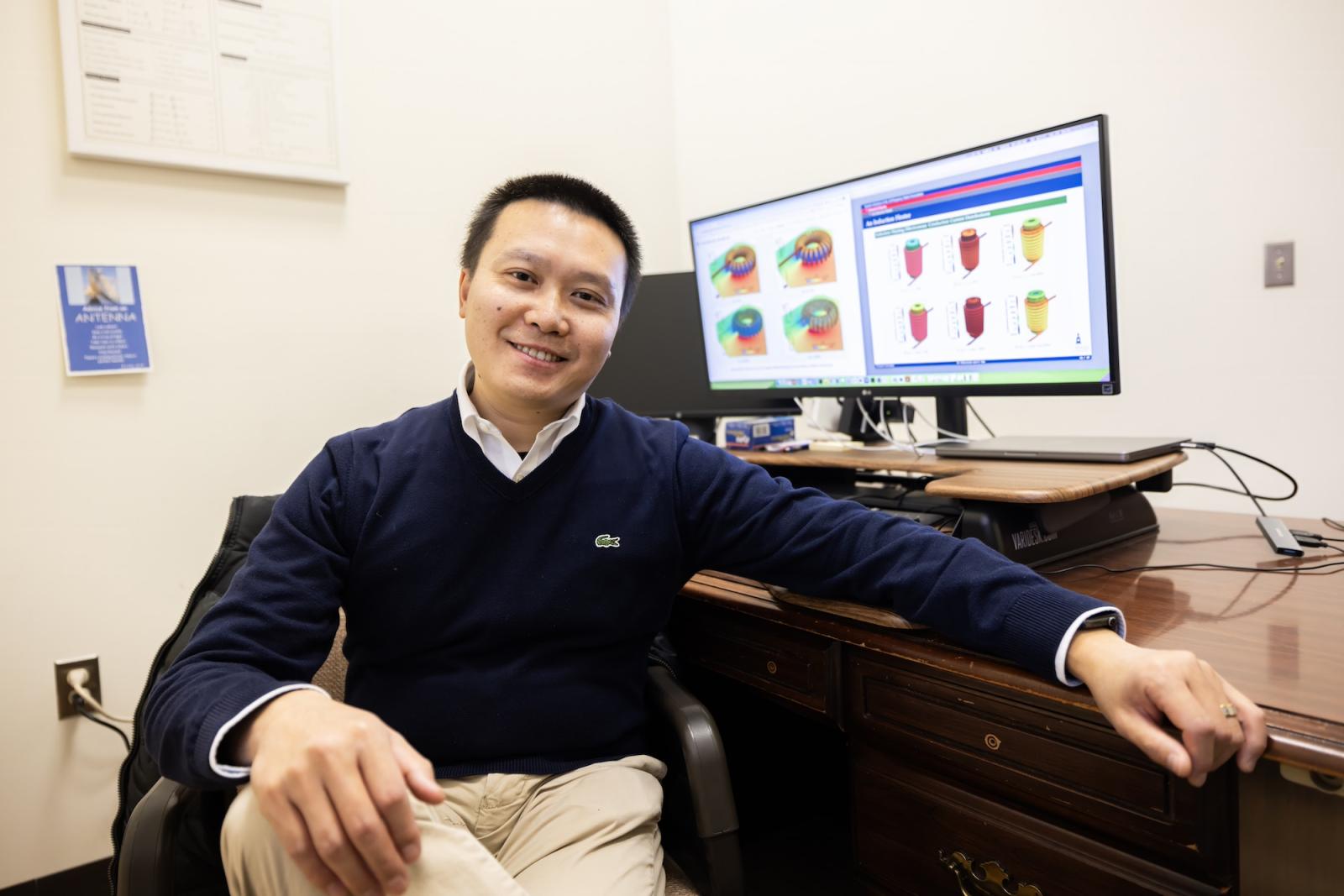Electromagnetics and optics. The science behind modern communication involves signals that are transmitted through electromagnetic and optical waves. So how do we manipulate this phenomenon to our benefit?
Alongside his research team, Howard University electrical engineering assistant professor Su Yan, PhD, aims to solve this dilemma.
Humans are increasingly becoming more reliant on electronic devices, and although technology is intended to simplify many common tasks, there is usually an error message or technical issue around the corner. Devices may stop working without notice, overheat, lose signal or present other issues, and contacting technical support personnel may consume endless precious hours, if it is an option at all.
It’s more than just component-wise design; it’s about system-level performance.”
Yan explains that these technical issues are endless, but there is hope. Through the use of computational science, various engineering methods, simulation software, and the application of a numerical analysis of physical phenomenon, Yan is creating a multiphysics simulation platform that can reenact technical issues. This platform will allow developers to easily mitigate concerns and optimize devices – not only with more attractive features, but with much greater reliability.
The ultimate goal for Yan and his team of engineering students is to assist in the creation of reconfigurable devices, because gadgets that are able to reconfigure when technical issues arise can reduce the complexity of consumer electronics. For example, to minimize the overheating issue of an electronic device, a cooling device such as a heat sink is usually needed. An anticipated result of Yan’s research would potentially lead to a smart device that is able to reconfigure itself and act both as an electronic device and a cooling device.
“It’s more than just component-wise design; it’s about system-level performance,” adds Yan.
Research work often involves trial and error. Howard University student researchers work very closely with Yan to monitor the reaction chamber, which is an important part of the multiphysics simulation platform. The reaction chamber is where the magic happens. Of course, this magic is created by Yan and his team with coding languages such as C++ and Julia, a dynamic and specialized high-level programming language used mostly for numerical analysis and computational science.
Earlier this year, Yan received the prestigious National Science Foundation (NSF) Faculty Early Career Development award for his research on the modeling and optimization of radiofrequency and microwave reconfigurable devices.
“Training students is the most rewarding aspect of the research work,” says Yan. “This type of opportunity helps bridge the gap between the classroom and real-world applications, providing students with a higher quality educational experience, while enhancing how we view the world and how we communicate.”
Article ID: 1906




